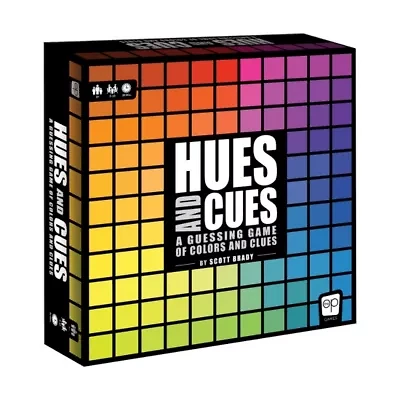Home
cue: poems
Barnes and Noble
Loading Inventory...
cue: poems
Current price: $20.95

Barnes and Noble
cue: poems
Current price: $20.95
Loading Inventory...
Size: Paperback
*Product information may vary - to confirm product availability, pricing, shipping and return information please contact Barnes and Noble
With
cue
, Siwar Masannat follows up her prize-winning debut with poems that wrestle with intimacy and distance. Departing from love as a force of creation,
’s intertextual experiments and lyric poems map environmental relations and pose questions about privacy and visibility, love and family, gender, and ecological agency.
Masannat responds to artist Akram Zaatari’s excavation of studio portraits by Hashem El Madani. Captured between the 1940s and 1970s in the Lebanese town of Saida, El Madani’s photographs are living artifacts of a transnational modernity. They archive performances of gender and romance that seek to circumvent respectability politics. The private-public, then, emerges as a paradox at the heart of
’s composition. The desire to commune with and re-transmit the photographs and their stories is accompanied by the speaker’s understanding of how visibility may be coopted and how privacy, at once essential and weaponized, is unevenly enjoyed, opportunistically deployed, and systematically encroached upon.
cue
, Siwar Masannat follows up her prize-winning debut with poems that wrestle with intimacy and distance. Departing from love as a force of creation,
’s intertextual experiments and lyric poems map environmental relations and pose questions about privacy and visibility, love and family, gender, and ecological agency.
Masannat responds to artist Akram Zaatari’s excavation of studio portraits by Hashem El Madani. Captured between the 1940s and 1970s in the Lebanese town of Saida, El Madani’s photographs are living artifacts of a transnational modernity. They archive performances of gender and romance that seek to circumvent respectability politics. The private-public, then, emerges as a paradox at the heart of
’s composition. The desire to commune with and re-transmit the photographs and their stories is accompanied by the speaker’s understanding of how visibility may be coopted and how privacy, at once essential and weaponized, is unevenly enjoyed, opportunistically deployed, and systematically encroached upon.
With
cue
, Siwar Masannat follows up her prize-winning debut with poems that wrestle with intimacy and distance. Departing from love as a force of creation,
’s intertextual experiments and lyric poems map environmental relations and pose questions about privacy and visibility, love and family, gender, and ecological agency.
Masannat responds to artist Akram Zaatari’s excavation of studio portraits by Hashem El Madani. Captured between the 1940s and 1970s in the Lebanese town of Saida, El Madani’s photographs are living artifacts of a transnational modernity. They archive performances of gender and romance that seek to circumvent respectability politics. The private-public, then, emerges as a paradox at the heart of
’s composition. The desire to commune with and re-transmit the photographs and their stories is accompanied by the speaker’s understanding of how visibility may be coopted and how privacy, at once essential and weaponized, is unevenly enjoyed, opportunistically deployed, and systematically encroached upon.
cue
, Siwar Masannat follows up her prize-winning debut with poems that wrestle with intimacy and distance. Departing from love as a force of creation,
’s intertextual experiments and lyric poems map environmental relations and pose questions about privacy and visibility, love and family, gender, and ecological agency.
Masannat responds to artist Akram Zaatari’s excavation of studio portraits by Hashem El Madani. Captured between the 1940s and 1970s in the Lebanese town of Saida, El Madani’s photographs are living artifacts of a transnational modernity. They archive performances of gender and romance that seek to circumvent respectability politics. The private-public, then, emerges as a paradox at the heart of
’s composition. The desire to commune with and re-transmit the photographs and their stories is accompanied by the speaker’s understanding of how visibility may be coopted and how privacy, at once essential and weaponized, is unevenly enjoyed, opportunistically deployed, and systematically encroached upon.

















